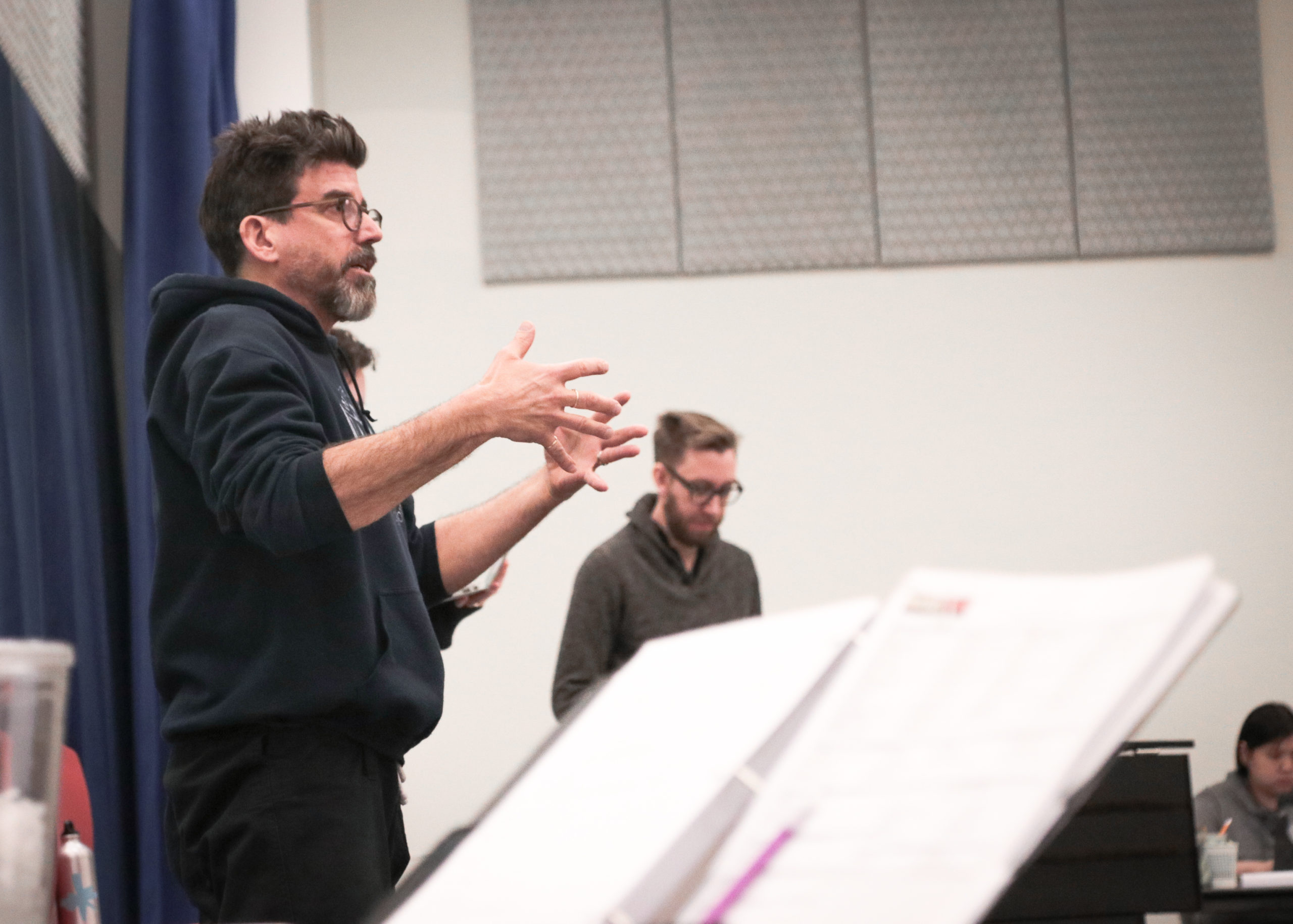David Neumann Returns to Theater With a Seafaring New Musical
After years accruing downtown accolades for his blazingly original movement pieces, choreographer David Neumann landed on Broadway in 2019 with Hadestown, earning a Tony nomination and a Chita Rivera Award. Last fall, after wrapping up his work on the show’s Broadway reboot, its national tour and a Korean production, as well as on Noah Baumbach’s film adaptation of Don DeLillo’s prizewinning 1985 novel, White Noise, he began preparing to choreograph a musical even more out-there than a jazzy mash-up of Greek myths or a movie about a death-obsessed college professor. Swept Away, opening this month at Berkeley Repertory Theatre, borrows the Avett Brothers’ rootsy 2004 album, Mignonette, to tell a fictional tale of two brothers who chuck farming for whaling in 1888. The book is by Tony-winning playwright and screenwriter John Logan (Red, Moulin Rouge! The Musical), the director is Tony-winner Michael Mayer (Spring Awakening, American Idiot), and Mignonette is the name of a British yacht that sank in 1884 and became famous when survivors returned minus the cabin boy they’d murdered for food.
When we talked about Hadestown in 2019, you said you’d have to be really inspired to do another Broadway-type musical. So why Swept Away?
The story is so dark and weird that my first thought was like, “Really? A musical about this?” I had a long conversation with Michael Mayer, and he was really invested. And I was excited to work with him. So those things came together, because I think it’s gonna be very, very challenging. That’s appealing to me—how do we bring this story to life with songs that don’t necessarily tell a story right away? Over the years I’ve come to know that those challenges are what I really love about this art form.
Did you know the album?
Just on a cursory level—you know, songs would come up on someone else’s playlist. But I had heard of the Mignonette—weirdly, I did a piece with Dan Hurlin at Sarah Lawrence College [where they both teach], and we were looking at stories of people lost at sea, castaways, that type of thing. And the Mignonette came up.
I’d never heard of it, and when I looked into it, I figured I’d better read the script. But they sent only the first 15 pages, because the producers didn’t want me to learn what happens. Are we not supposed to know that it’s about cannibalism?
[laughing] Great question. That’s part of the “Really? They’re gonna do this?” Obviously, there’s all kinds of guilt and redemption arcs to be found in there. But it’s horrifying. It certainly is part of the story; we are not pretending that that didn’t happen. But there is something about life on a whaling ship, the extremely difficult work—it reflects something about the American culture, looking through a historical lens. There’s something very compelling about life in the 19th century, about required effort to stay alive.
And what compelled you about White Noise? Such a philosophical, satirical story doesn’t seem to need choreography.
There are three or four scenes that require very organized movement—two are nightmares. I organized those bodies and created the physical story of the dreams. But throughout the film, Noah Baumbach was interested in having a choreographic eye on the work. So I found myself having discussions about camera movement, about the traffic pattern of people crossing the camera. It was thrilling to be enmeshed in filmmaking in that way. I’m used to making things where one thing kinda leads to another—you can’t cut through time. You can do some tricks, but actually, time’s still rolling. Film is completely different—I really had to bend my brain around it.




